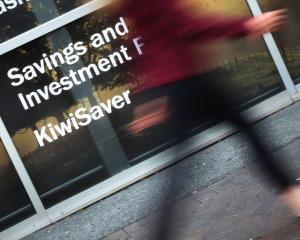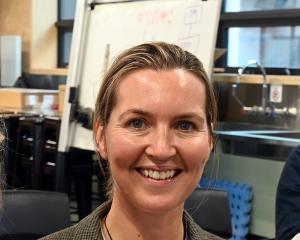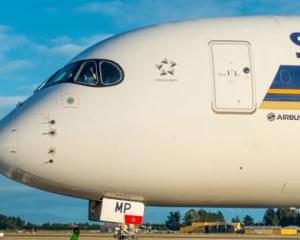The latest dairy statistics, released yesterday by DairyNZ and LIC, show the number of milking cows in the region increased from 251,462 in 2013-14 to 263,993, and herd numbers lifted from 414 to 431.
But the value of milk production to the local economy dropped from $813 million to $464 million, following a challenging year for dairy farmers.
Total dairy employment in the region, both on-farm and in processing and wholesaling, dropped from 2110 to 2035.
In 2014-15, there were just over five million dairy cows nationally, up from 4.9 million in 2013-14, although farmers have this season been reducing cow numbers because of the low milk price, DairyNZ senior economist Matthew Newman said.
Otago was home to 3% of New Zealand's dairy herds, while 5% of the country's dairy cows were in the region.
Dairy companies processed 21.13 billion litres of milk containing 1.89 billion kilograms of milksolids. Total milksolids increased by 3.6% on the previous season.
That was a record level of milk production and 56% higher on a milksolids basis than a decade ago, Mr Newman said.
Cows from North Canterbury were the highest producers, each producing, on average, 4706 litres of milk in 2014-15 with 416 kg of milksolids. They also recorded the highest milkfat, protein and milksolids per cow.
Taranaki cows recorded the highest percentage of milkfat and West Coast cows gave the highest percentage of protein and milksolids.
Otago cows produced an average of 4221 litres of milk per cow and an average of 375kg of milksolids.
Waikato had the biggest cow population with 23.4% of the country's cows, followed by North Canterbury with 13.4%. Southland has 11.4% of the country's cows.
Two-thirds of herds were run by owner-operators, with 17% owned by 50:50 sharemilkers and 15% run by variable order sharemilkers. Sharemilker herds continued to decline.












